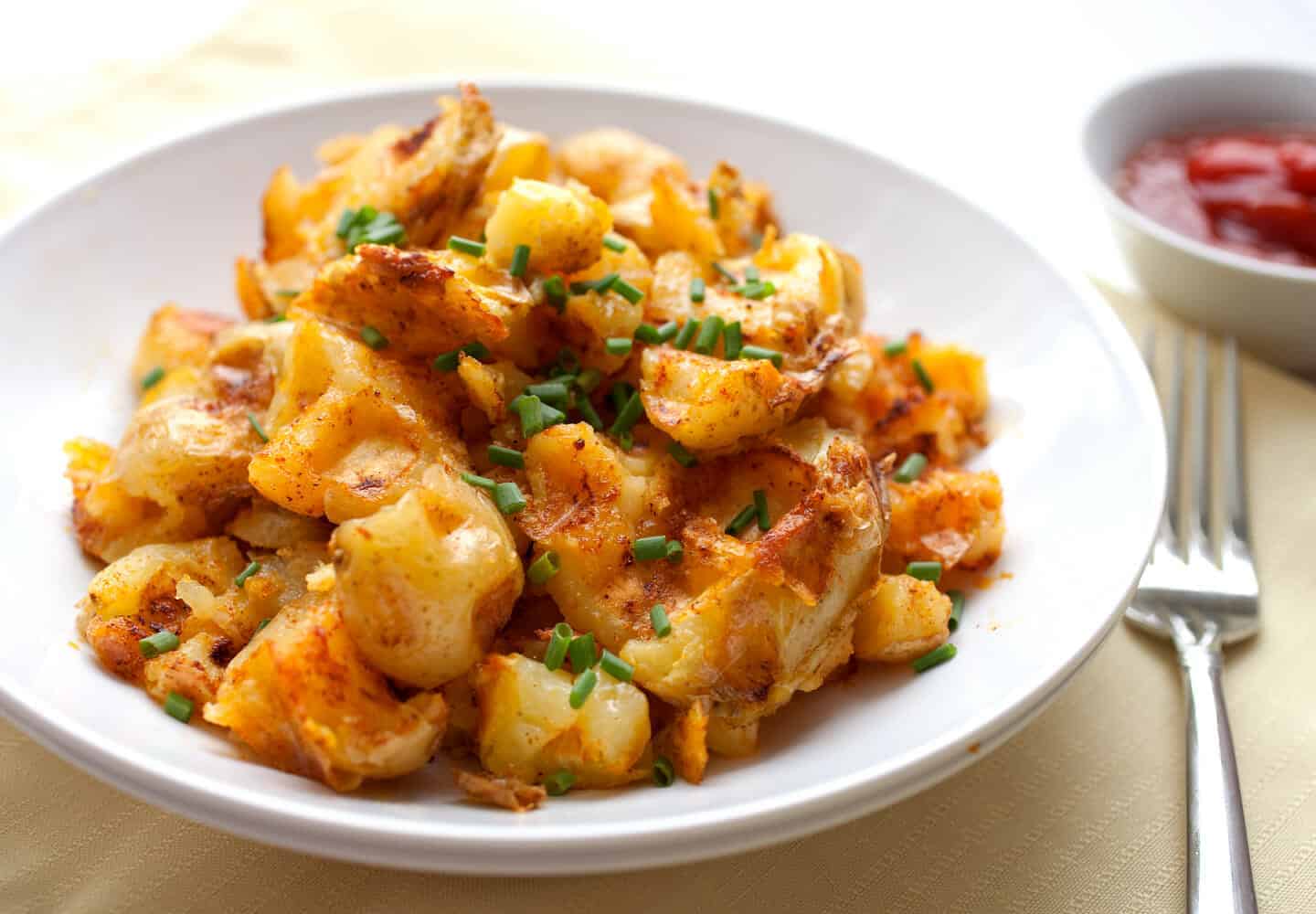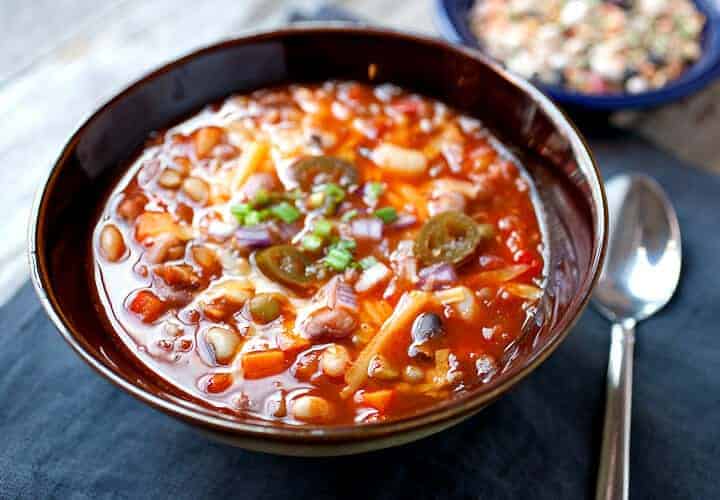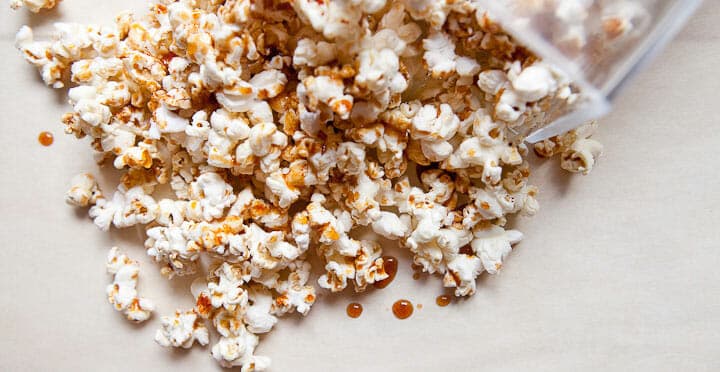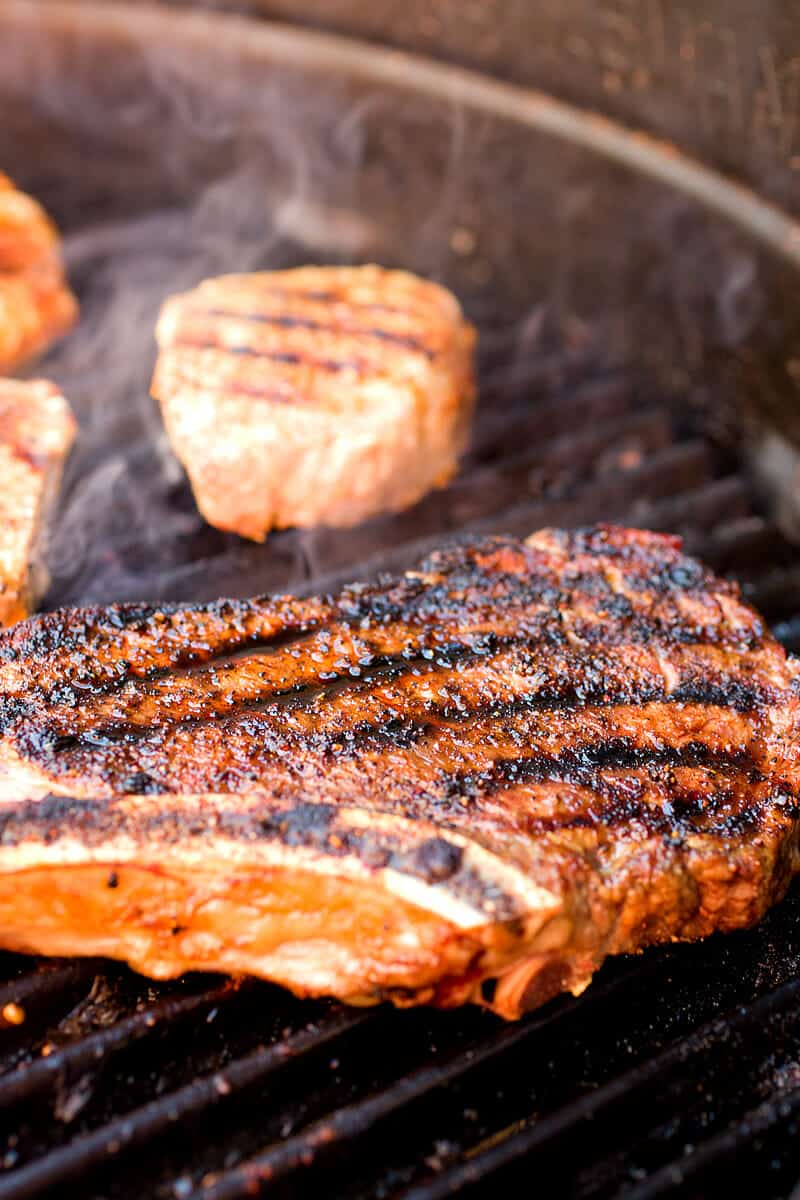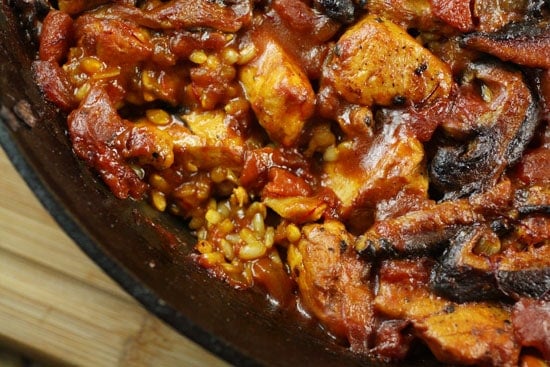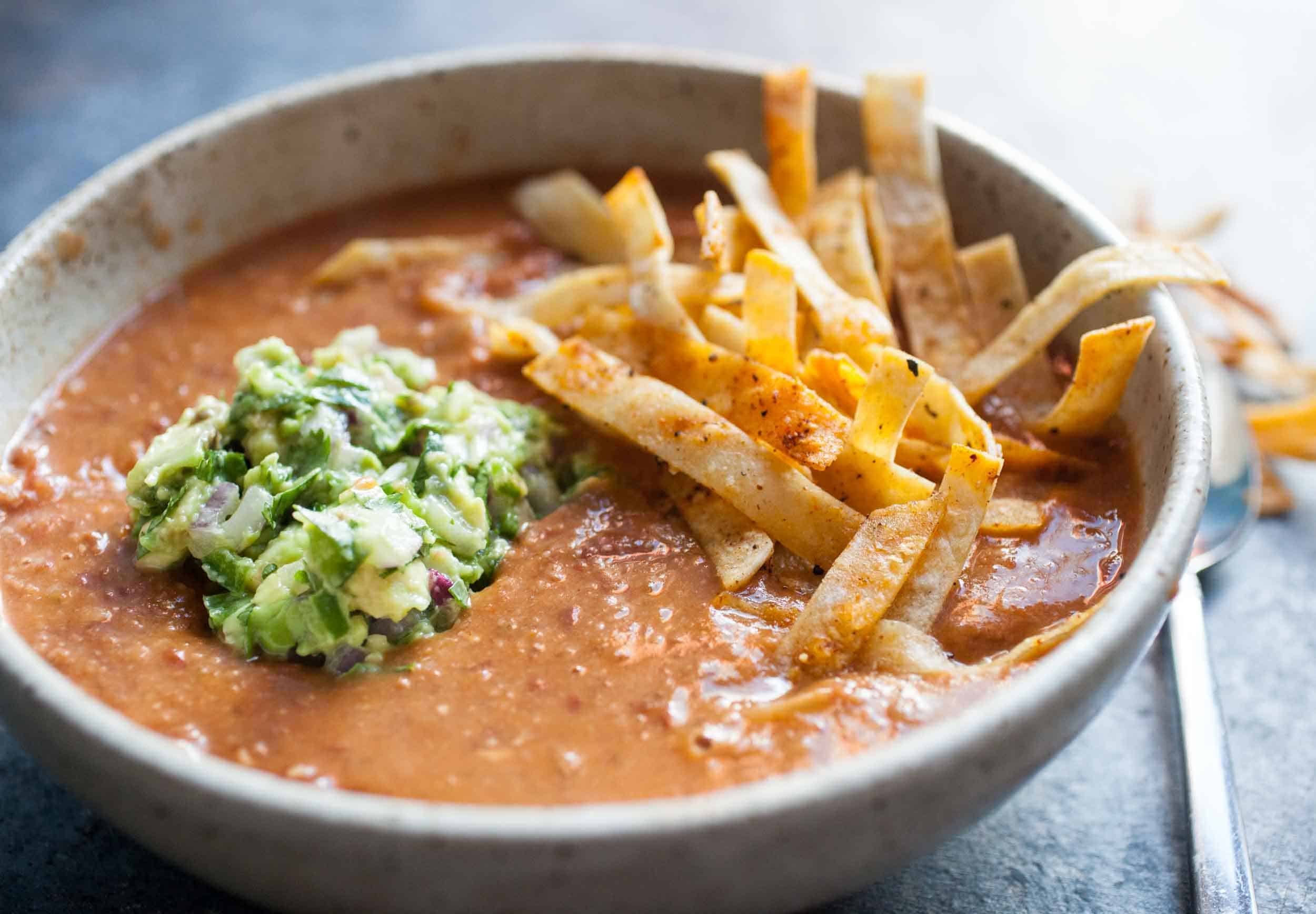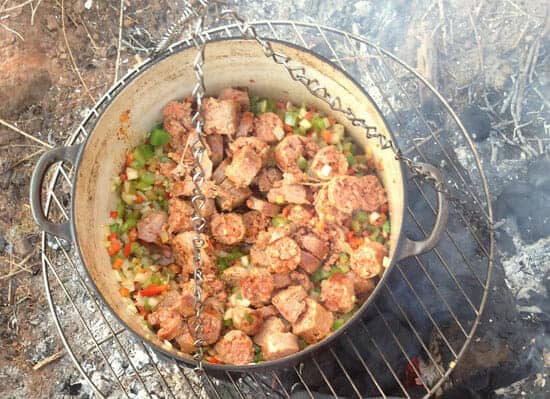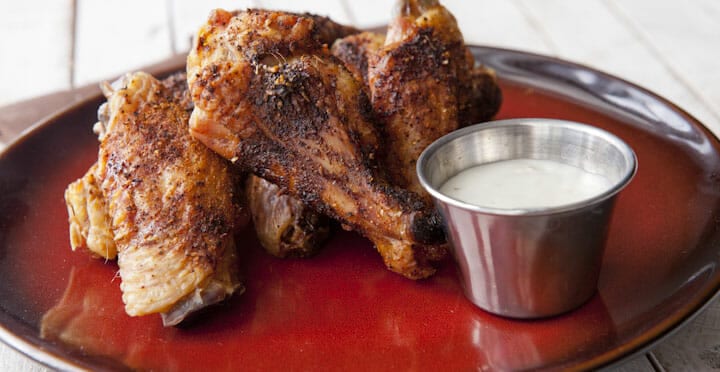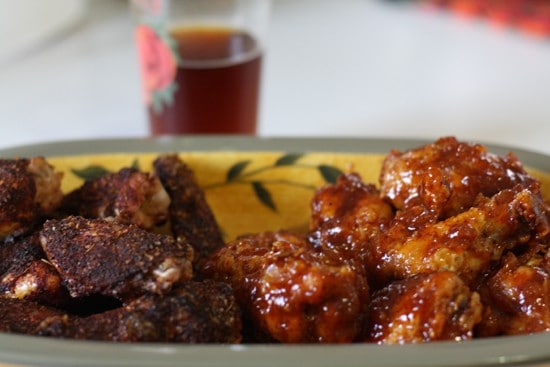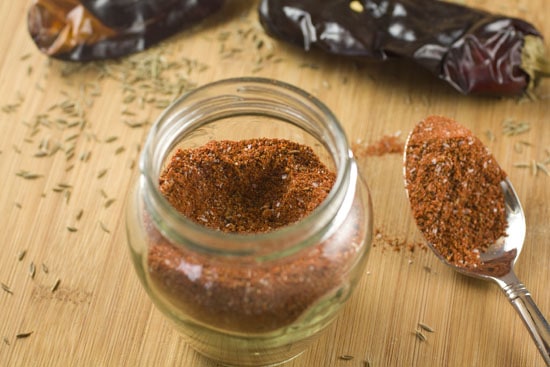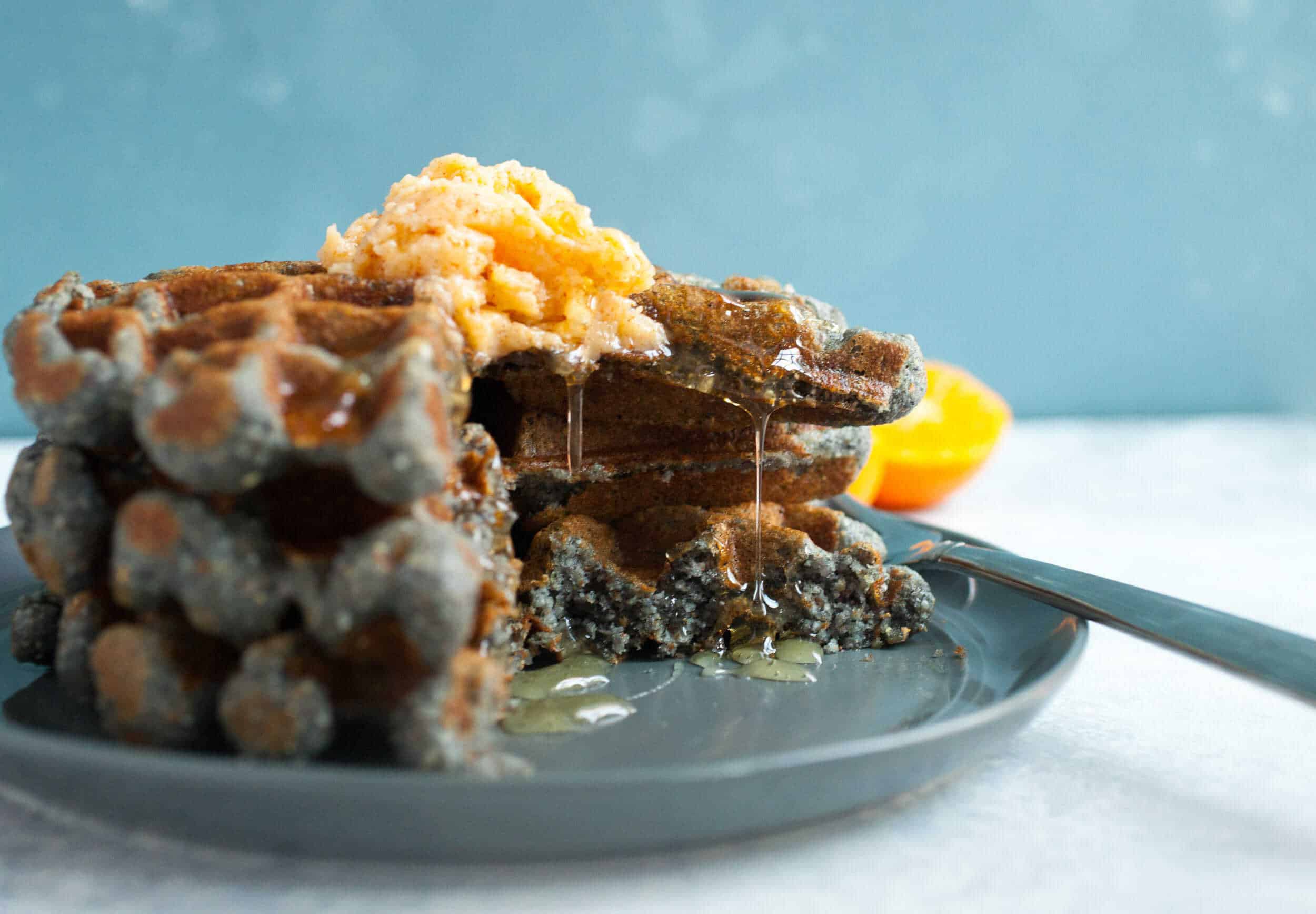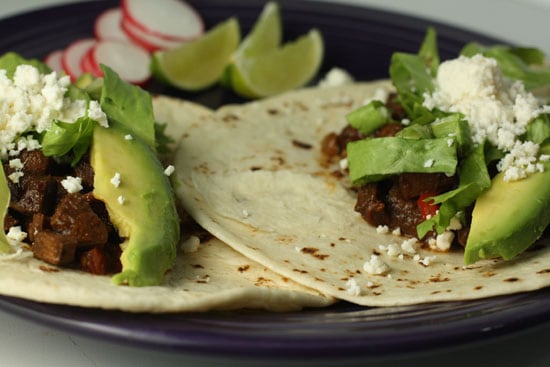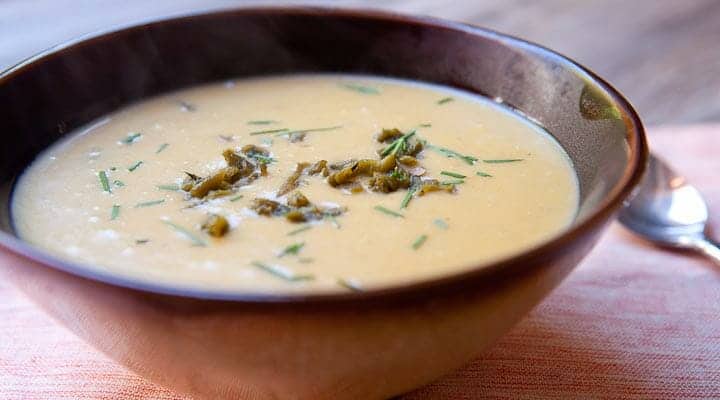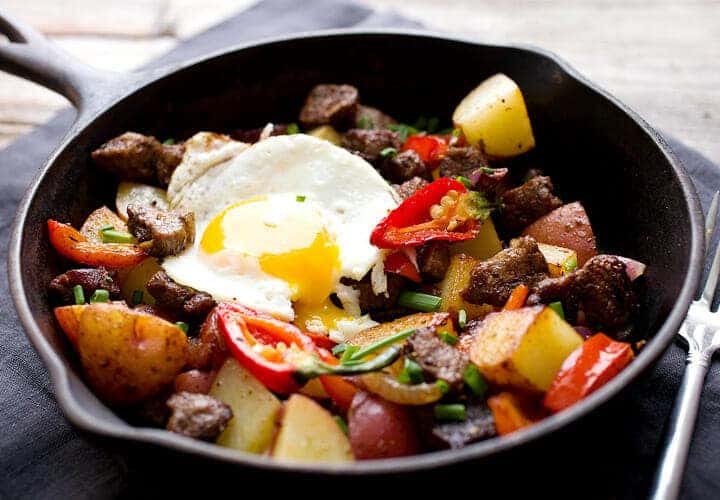Chili Powder: Important Facts, Health Benefits, and Recipes
Explore the origins, health benefits, and culinary uses of chili powder with our ultimate guide, including storage tips, substitutions, and its impact on various cuisines.
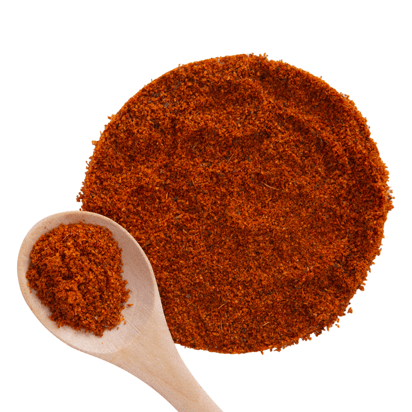
Nutritional Facts
1 tsp
Amount per serving
Calories
7.6
Carbohydrates
1.3 g
Fat
0.4 g
Protein
0.4 g
Saturated Fat
0.1 g
Sodium
77.4 mg
Fiber
0.9 g
Sugar
0.2 g
Best Chili Powder Recipes
-

-

-
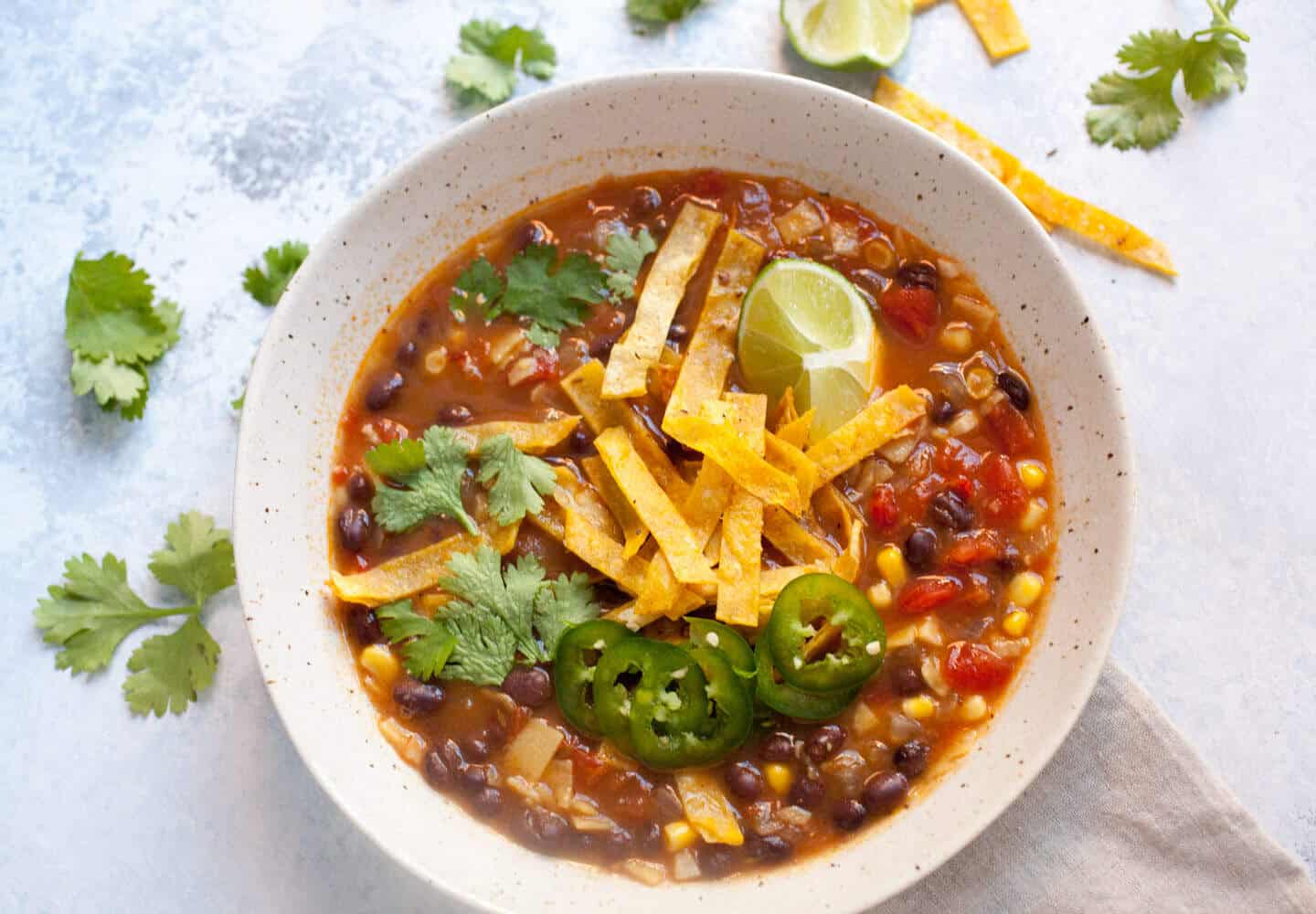
-
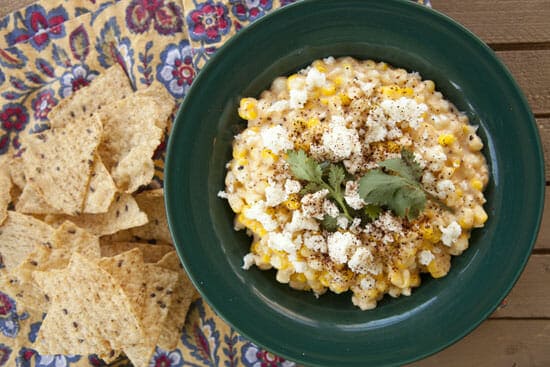
-

-

-

-
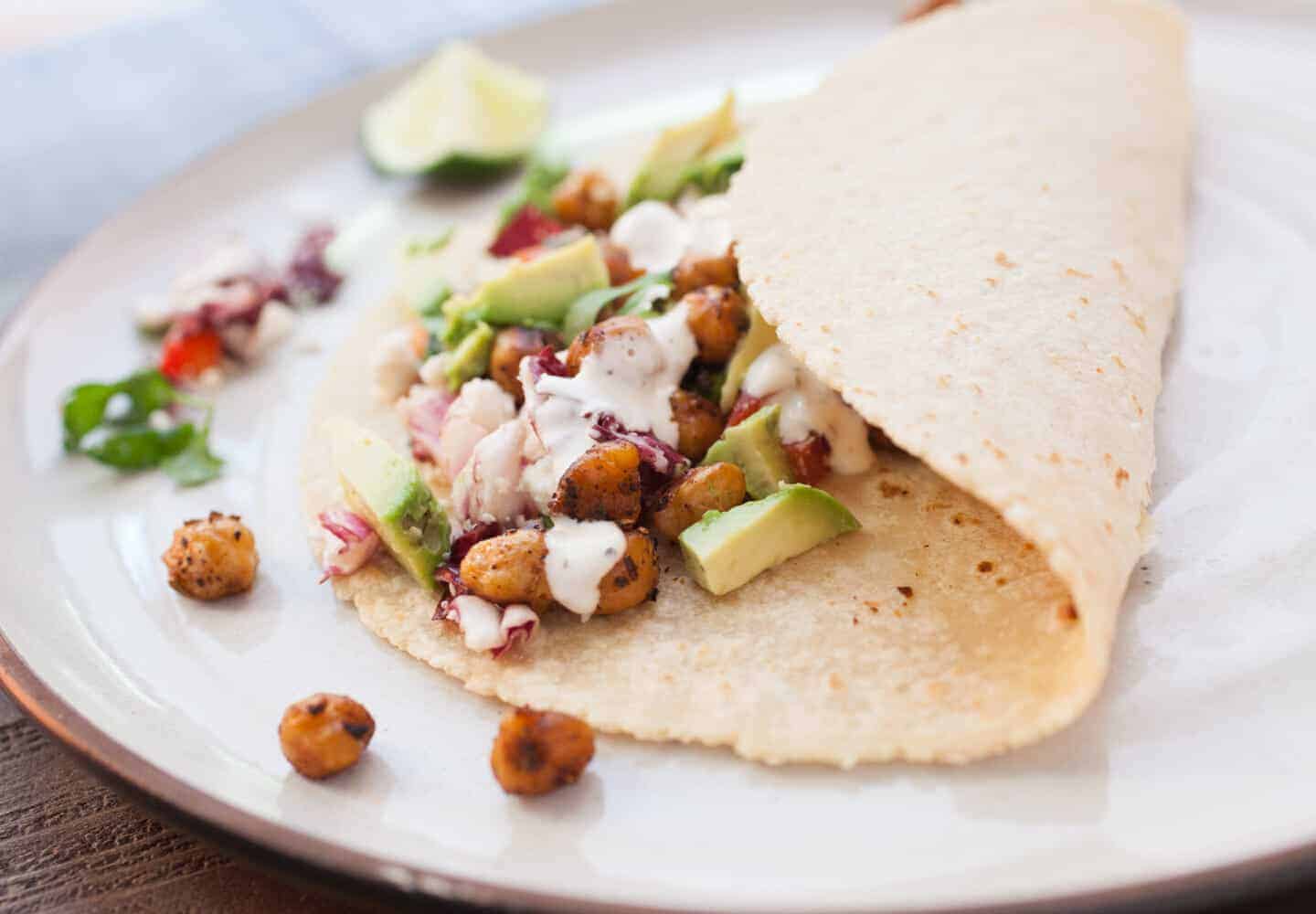
-
![Crispy Brussels Sprouts Breakfast Skillet Image]()
-
![Waffle Maker Home Fries Image]()
-
![13 Bean Soup (Vegetarian) Image]()
-
![Sheet Pan Hash Browns Image]()
-
![Spicy Maple Popcorn Image]()
-
![Paprika Mediterranean Chicken Image]()
-
![Smashed Breakfast Potatoes Image]()
-
![Fish and Chips Kebabs Image]()
-
![Roasted Corn Cornbread Image]()
-
![Churro Pancakes Image]()
-
![Three Homemade Dry Rubs Image]()
-
![Street Corn Guacamole Image]()
-
![Pulled Chicken Frito Pies Image]()
-
![Chili Tornado Potatoes Image]()
-
![Bean and Cheese Baked Tacos Image]()
-
![Cast Iron Paella Image]()
-
![Hash Brown Egg Nests Image]()
-
![Real Boneless Chicken Wings Image]()
-
![Spicy Black Bean Patties Image]()
-
![Mexican Spiced Popcorn Image]()
-
![Protein Breakfast Sandwich Image]()
-
![Kidney Bean Soup Image]()
-
![Pepper Chicken Enchiladas Image]()
-
![Campfire Jambalaya Image]()
-
![Sweet Potato Hatch Chile Hash Image]()
-
![Chalupas Image]()
-
![Slow Roasted Chicken Wings Image]()
-
![Three Chicken Wing Variations Image]()
-
![Chili Mango Shrimp Spring Rolls Image]()
-
![Homemade Taco Seasoning Image]()
-
![Black Eyed Peas Curry Image]()
-
![Carne Asada Nachos Image]()
-
![Guacamole Tots Image]()
-
![Blue Corn Honey Waffles Image]()
-
![Lengua Tacos Image]()
-
![Green Chile Cream of Potato Soup Image]()
-
![Carne Asada Hash Image]()
-
![Make Ahead Breakfast Burrito Pouches Image]()
-
![Chili Gravy Enchiladas Image]()
-
![Homemade Taco Bowl Image]()



